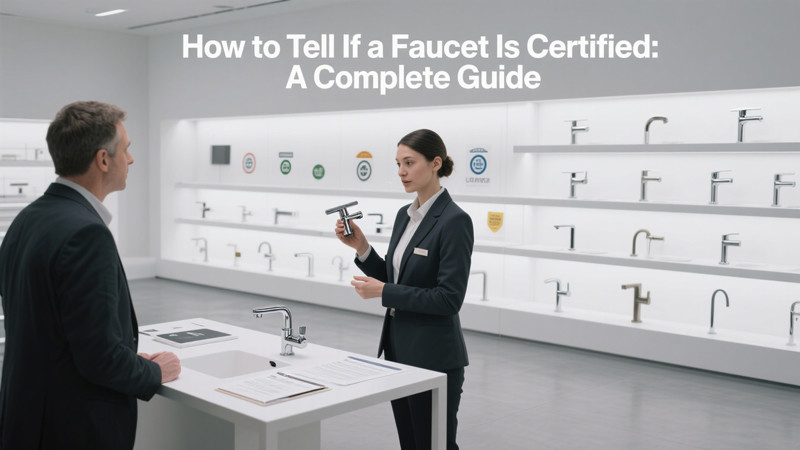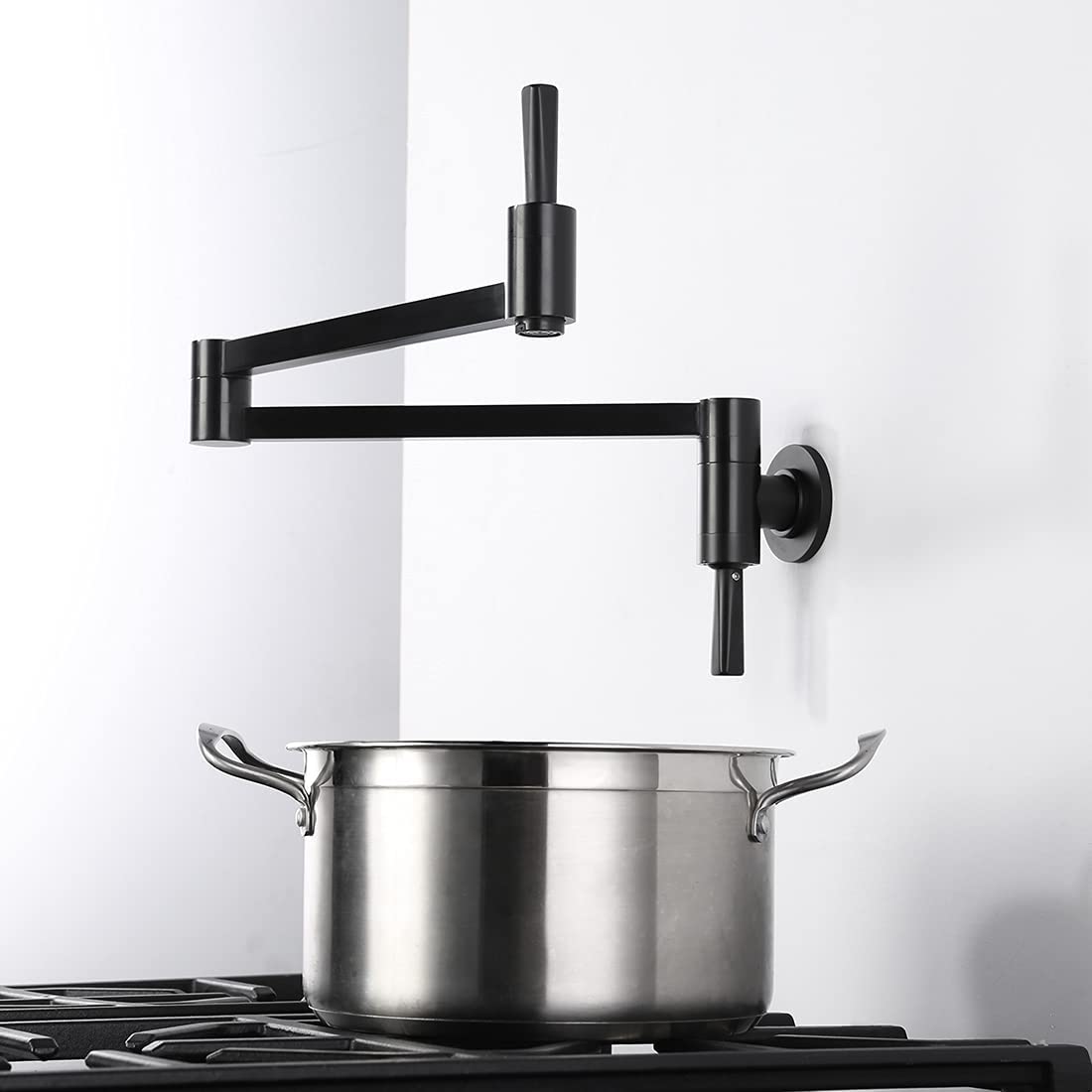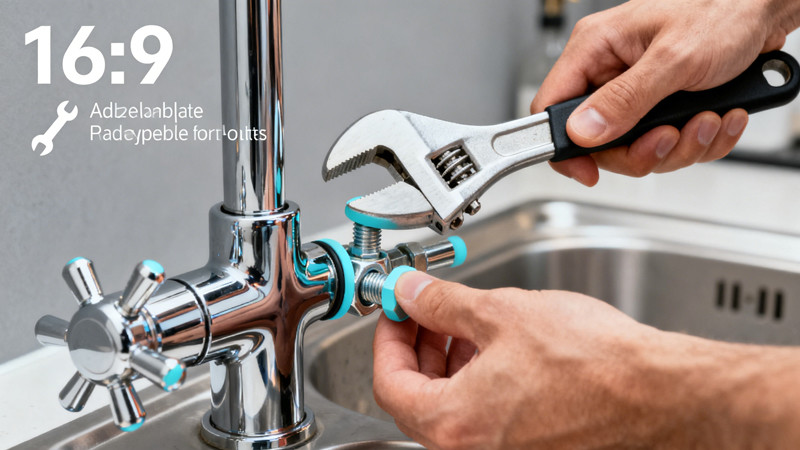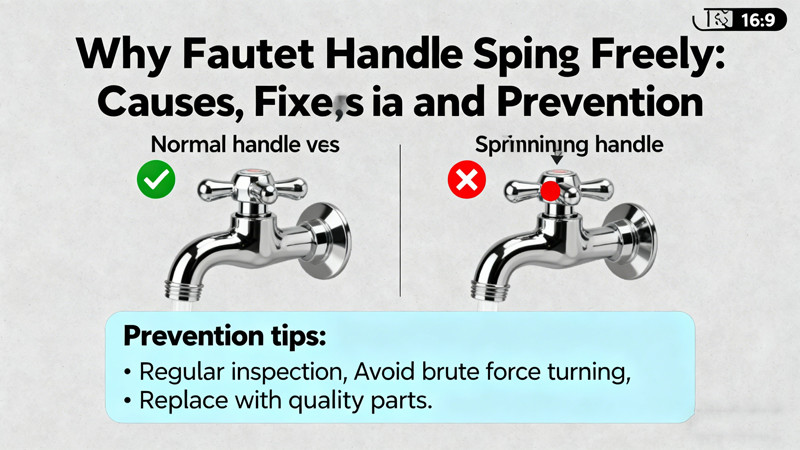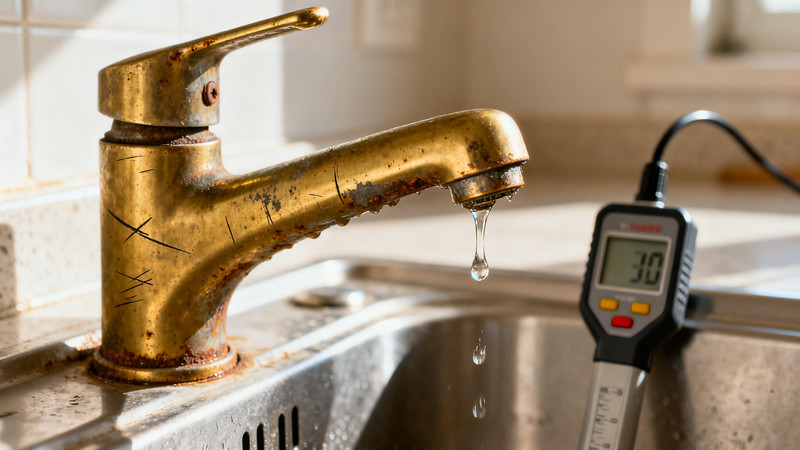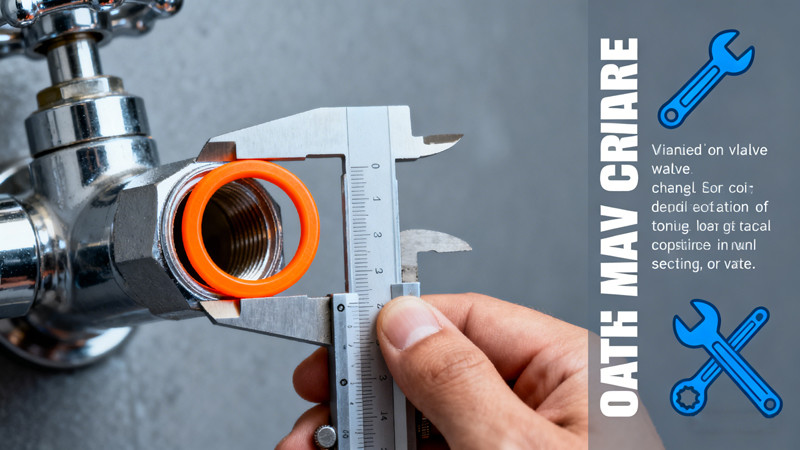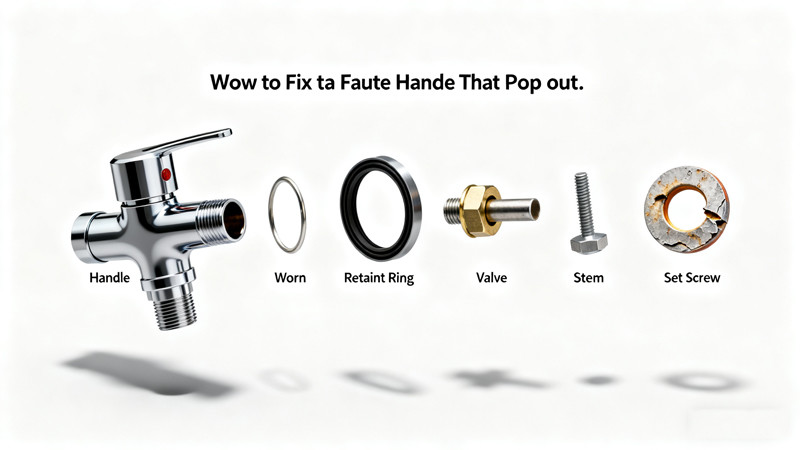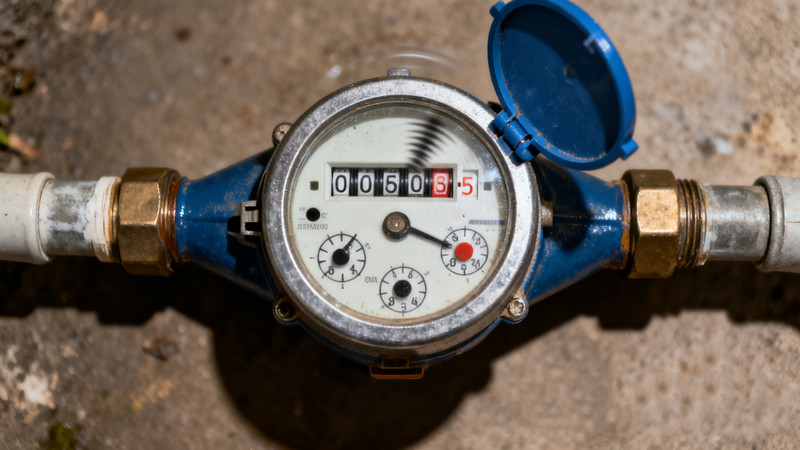When you’re shopping for a new faucet—whether for your kitchen, bathroom, or utility area—you want more than just a stylish design. You want performance, safety, and compliance with national standards. That’s where certification comes in. But how do you actually know if a faucet is certified, and what do these certifications mean?
In this post, we’ll walk you through the key certifications to look for, how to identify them on faucet packaging or product listings, and why certified faucets are worth your investment.
Why Faucet Certification Matters
Certified faucets aren’t just about meeting regulations—they ensure:
- Safe materials (lead-free, non-toxic)
- Reliable performance
- Efficient water use
- Durability and warranty compliance
- Environmental and health standards
In many regions, especially in the United States and Canada, using uncertified faucets can even violate building codes or health department rules.
Key Faucet Certifications and What They Mean
Here are the most common faucet certifications you’ll come across:
1. NSF/ANSI 61 (Health Effects of Drinking Water Systems)
- What It Means: Ensures the faucet does not leach harmful contaminants into drinking water.
- Issued By: NSF International
- Where to Look: Look for NSF-61 or “Certified to NSF/ANSI 61” on the box or spec sheet.
This is especially important for kitchen faucets or any faucet that supplies water for consumption.
2. NSF/ANSI 372 (Low Lead Content)
- What It Means: Ensures the faucet complies with the Safe Drinking Water Act’s lead-free requirements (less than 0.25% lead).
- Why It Matters: Vital for households with children or health-sensitive individuals.
- Label Tip: Often labeled as “Lead-Free Certified” or “NSF 372 Compliant.”
3. WaterSense Certification (EPA-Approved)
- What It Means: The faucet meets the Environmental Protection Agency’s water efficiency and performance standards.
- Benefit: Reduces water use by at least 20% without sacrificing performance.
- Look For: The blue and green WaterSense label.
If you’re eco-conscious or want to lower your utility bills, WaterSense should be a top priority.
4. UPC or cUPC Certification (Uniform Plumbing Code)
- What It Means: Verifies the faucet meets plumbing standards in the U.S. (UPC) and Canada (cUPC).
- Issued By: IAPMO (International Association of Plumbing and Mechanical Officials)
- Label Tip: Look for the UPC shield or “cUPC” logo—often on the box or stamped directly on the faucet body.
5. ADA Compliance (Americans with Disabilities Act)
- What It Means: Faucet is usable by people with physical limitations (e.g., lever handles, hands-free activation).
- Why It’s Useful: Required for public buildings and ideal for aging-in-place homes.
- Identification: Look for an ADA logo or a note in the product description.
How to Check if a Faucet Is Certified
Even knowing the certifications, you still need to verify them. Here’s how:
1. Check the Manufacturer’s Website
Most reputable brands like Moen, Delta, Kohler, Grohe, and American Standard clearly list certifications under product specifications. Look for a tab called “Technical Information” or “Compliance.”
✅ Pro Tip: If certifications are missing, that’s a red flag.
2. Look for Certification Marks on the Box or Faucet
Check the packaging, manual, or product label. You’ll often see small logos like:
- NSF
- WaterSense
- cUPC
- ADA
Some faucets even have the certification etched or stamped on their body—usually underneath or near the mounting hardware.
3. Search Certified Product Databases
You can double-check certifications online using official databases:
- NSF Certified Product Listings: info.nsf.org
- EPA WaterSense Product Search: epa.gov/watersense
- IAPMO (UPC/cUPC): pld.iapmo.org
Enter the model number, and it will show whether the faucet is actually certified.
4. Ask Your Retailer or Plumber
If you’re buying from a hardware store or online retailer and the listing isn’t clear, ask for clarification. Most retailers will provide certification documentation upon request.
Likewise, a licensed plumber will almost always recommend certified products—especially if you’re working on a permitted remodel.
What Happens If a Faucet Isn’t Certified?
Using an uncertified faucet can lead to:
- Health risks (lead exposure, contaminated water)
- Code violations
- Inspection failures
- Warranty or insurance issues
And even worse—it might be made of substandard or dangerous materials, especially if it’s a knock-off or counterfeit product.
Avoiding Fake Certifications
Unfortunately, some low-quality or imported faucets may use fake logos or misleading claims.
Here’s how to protect yourself:
- Stick with well-known brands
- Buy from authorized dealers
- Use the official databases listed above
- Be cautious with ultra-cheap faucets that sound too good to be true
Final Thoughts
When choosing a faucet, certification might not seem like the most exciting feature—but it’s one of the most important. Certified faucets ensure that the water flowing through your home is safe, clean, and delivered by a fixture that complies with legal and environmental standards.
Always check for:
- NSF 61/372 for safety
- WaterSense for efficiency
- UPC/cUPC for plumbing code compliance
- ADA for accessibility
Don’t rely on just the label—verify it through manufacturer websites or official databases. That little extra research upfront will save you from major headaches later.
Still not sure if your faucet is certified? Drop the model number here, and I’ll help you look it up!
 WOWOW Faucets
WOWOW Faucets